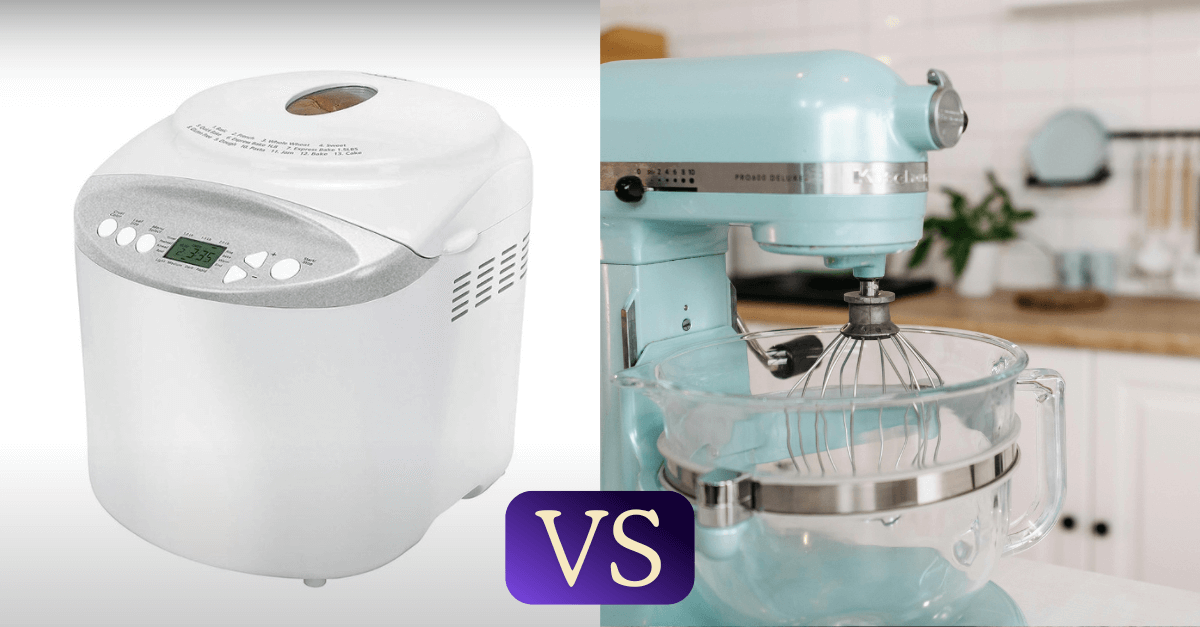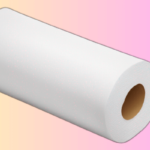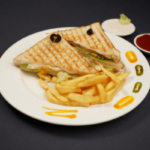The rise of baking as a treasured home pastime has seen a parallel surge in the availability of kitchen gadgets designed to make the artisanal craft simpler, yet no less rewarding. At the forefront of this movement stand two key players: the humble bread machine and the timeless stand mixer. Both present bakers with an array of technologies designed to simplify the baking process, yet each has distinct strengths that cater to different baking styles and preferences. If you’ve found yourself contemplating which of these kitchen companions is the right fit for you, this detailed comparison should provide clarity to your decision-making process.

Understanding Bread Machines
The Bread Machine – More than a Loaf Maker
A bread machine, often overlooked in the world of baking gadgets, is a kitchen appliance tailor-made for the busy modern baker. It allows you to create dough and bake bread with minimal manual intervention, thanks to its programmable settings and automated kneading, rising, and baking cycles. The appeal lies in being able to pour in the ingredients, set the timer, and return to a freshly baked loaf.
Benefits of Baking with a Bread Machine
- Convenience and Time-Saving: The primary benefit of a bread machine is, undoubtedly, its time-saving nature. With many models offering overnight or delayed start times, you can time your loaf’s readiness around your schedule.
- Consistency in Quality: Bread machines offer precise temperature control during the baking process, resulting in more consistent results than traditional methods.
- Stress-Free Operation: For those new to baking or who lack the time to monitor a bread’s rising and baking process, the bread machine ensures that you’ll achieve a delectable loaf almost every time.
Drawbacks of Bread Machines
- Size and Capacity: Most bread machines are optimized for the production of smaller loaves, typically 1-2 pounds, which might be limiting for larger households or those who prefer large, rustic loaves.
- Lack of Versatility: Despite some models offering various settings for different types of bread, the bread machine is essentially a one-trick pony in terms of its dedicated function.
Exploring Stand Mixers
The Stand Mixer – A Baker’s Workhorse
Unlike the single-use bread machine, the stand mixer is a versatile powerhouse that caters to a wide array of baking needs, from whipping up meringues and cake batters to kneading the stiffest doughs. It acts as a central hub for various attachments like dough hooks, whisks, and beaters, turning it into a multi-functional device.
Advantages of Stand Mixers
- Versatility: You’re not just restricted to bread; stand mixers allow you to prepare a whole host of baked goods and even dishes such as pasta and ice cream with the right attachments.
- Power and Precision: Stand mixers provide the highest level of control and power for recipes that require specific mixing times and speeds, which can be crucial in achieving the perfect texture.
- Durability and Longevity: A well-maintained stand mixer can last for decades, potentially outliving multiple generations of bread machines.
Potential Downsides of Stand Mixers
- Hand-on Time: While you have control over the mixing process, a stand mixer does require you to be more hands-on compared to a bread machine.
- Cost and Space: Stand mixers generally come with a significant investment and take up more valuable countertop space.
Head-to-Head Comparison
Performance in Baking Bread
Bread Machines: They excel at producing consistently baked loaves without the need for manual labor. The controlled environment ensures that your bread will be well-risen and thoroughly baked.
Stand Mixers: Though they require you to oversee the process, stand mixers offer greater control, especially when dealing with complex recipes or bread types that need specific dough development and mixing times.
Versatility for Culinary Tasks
Bread Machines: Limited to baking bread, although some models may offer special features for cakes or jams.
Stand Mixers: Can handle everything from bread kneading to delicate cake batters and everything in between, offering a broader range of usage.
Ease of Use and Maintenance
Bread Machines: Highly convenient and require minimal cleaning, thanks to the non-stick pans.
Stand Mixers: Slightly more involved in terms of cleaning and maintenance due to the multiple parts and attachments.
Cost Comparison
Bread Machines: Generally less expensive than stand mixers, with a wide range of prices to suit different budgets.
Stand Mixers: Require a more substantial initial investment, but can potentially provide greater value over time due to their versatility and durability.
Making the Right Choice for Your Kitchen
Choosing between a bread machine and a stand mixer ultimately comes down to how you prefer to bake and what you’ll be preparing most often. If you’re an occasional baker who loves the aroma and taste of freshly baked bread without the fuss, a bread machine could be perfect. Conversely, for those who are serious about expanding their baking repertoire, and have the time and inclination to perfect their craft, a stand mixer may be the wiser choice.
Consider Your Baking Needs and Preferences
When contemplating the purchase of a bread machine or stand mixer, consider the following:
- Frequency of Use: How often do you envision baking? Weekly, or every now and then?
- Types of Baking: Do you focus primarily on bread recipes, or do you bake a variety of goods?
- Desired Level of Involvement: Are you looking for a set-and-forget experience, or do you enjoy the hands-on nature of baking?
- Kitchen Space and Budget: How much space can you dedicate to your new appliance, and what is your budget?
Final Considerations
A bread machine is the ‘convenience at the forefront’ choice, providing a no-fuss approach to single or double-duty bread baking. Meanwhile, a stand mixer should be the go-to for those with broader baking horizons and a penchant for the artistry of the process. It’s essential to identify the most significant need in your baking, be it time, versatility, or precision, and allow that to guide your decision.
Conclusion
Both the bread machine and stand mixer are invaluable assets to any home baker. The former streamlines the bread-making process, ensuring a fresh loaf with minimal effort, while the latter acts as a versatile kitchen companion capable of handling a myriad of recipes and techniques. When you assess your baking preferences and consider the long-term investment, you can confidently choose the appliance that best aligns with your vision of the perfect bake. Whether it’s the warm simplicity of a homemade loaf or the satisfaction of crafting a variety of culinary delights, your chosen companion is just a mixer away from making your baking dreams a reality.
FAQ
Q: Is it possible for a stand mixer to replace the functions of a bread machine?
A: While a stand mixer can mix and knead dough similarly to a bread machine, it cannot bake the bread. Shift the dough into a baking pan and cook it in a conventional oven.
Q: Is a bread machine more convenient than a stand mixer?
A: Yes, in many ways. A bread machine is a more set-it-and-forget-it device. You add the ingredients, select the cycle, and it does the rest, including baking the bread. A stand mixer requires more hands-on time and supervision.
Q: Can I make other types of dough with these appliances?
A: Absolutely. Both a bread machine and a stand mixer can make a variety of doughs, such as pizza, pretzel, and even pasta dough. The main difference is the bread machine can also bake the dough.
Q: Which one is better for someone with limited kitchen space?
A: If kitchen space is a concern, a stand mixer might be more versatile since it can be used for a variety of tasks beyond dough making, such as whipping cream or mixing cake batter. Bread machines are larger and dedicated to bread making.
Q: How does the price gap between a bread maker and a stand mixer compare?
Generally speaking, stand mixers often come with a higher price tag compared to bread machines, particularly for those seeking premium models. However, prices vary greatly based on brands and features offered. It’s best to do some research and compare prices before making a purchase.
Q: Is it possible to bake gluten-free bread using these devices?
A: Indeed, you can utilize either a bread maker or a stand mixer to prepare gluten-free bread.Nonetheless, adhering to precise recipes and selecting the correct settings for each device is crucial.
As an Amazon Associate, I earn from qualifying purchases.



